watch now!
A place where I discuss all things related to toddlers and motherhood!
Subscribe to my Youtube channel
As a clinical psychologist, published author, and mother to two cheeky young children, I get it. I’ve spent YEARS researching and filtering through the noise online, so you don’t have to.
PARENTING TIPS
POTTY TRAINING
ANTIRACISM
PLAY
Blog Topics
SIBLING RIVALRY
SCREEN TIME
TANTRUMS
DISCIPLINE
Hi I'm Dr. Jazmine
How to Manage Your Anger and Frustration as a Parent
topics:
How do we best show up when we feel frustrated or angry at our kids?
When this happens, we feel ourselves getting out of control and like things are an emergency. Why is it important that we talk about this? Children are less likely to remember what we say, but they’re going to remember how we show up in difficult moments.
No pressure, right?
Often, the way we teach children emotional regulation skills is through us. It’s through how we handle big, intense emotions, and how we show up for the moment.
Of course, we’re not always going to get this right. But we can model how we slow ourselves down when we get frustrated. How do we deal with these emotions? How do we calm ourselves down in those moments? How do we talk to other people? How do we talk to ourselves? These are powerful teaching moments for our kids. And it helps us actually calm ourselves down.

So here are the 7 things to do when you get frustrated or angry with your kid.
1. Label your emotion(s) out loud.
There’s a common concern that if we share our emotions with our children, we’re going to create a sense of codependency in the relationship where they will feel responsible or overwhelmed by our feelings.
There is a balance to this. We want to use our discretion and be careful not to overload or overwhelm our children with all of our intense emotions. We don’t want to send the message that “I’m spinning out of control and it’s your fault. And you need to take care of me.”
But we want to share our feelings because here’s what happens in the moment: Our children are incredibly intuitive, and they pick up on non-verbal communication. Non-verbal communication is about 70% of communication – it’s more about how we show up to these moments and less about what we say because they can already pick up on our anger, impatience, frustration, or anxiety.
When we label our emotions, it also helps them understand other people’s emotions and helps them not internalize those emotions. Often our children are very self-focused (especially the little ones). One risk is they can attribute bad things that happen in their environment or happen to them as being their fault: “Mommy’s frustrated. That means it’s my fault. I did something wrong. I’m a bad kid.”
Of course, there’s a lot that we can’t control in this process. We can’t completely limit our child’s natural experience of shame.
But a powerful thing we can start doing is labeling our emotions so that they can understand the world around them. And, most importantly, they can understand you and your relationship together.
So you say, “Oh, I’m feeling frustrated right now. Oh, I’m a little anxious. I’m getting a little tense. I’m having these intense feelings in that way.” You just honoring and labeling your emotions sends a powerful message.
Plus, it helps them learn how to label their own emotions, which is the first step to emotional intelligence. We have to first be aware and be able to put a name on our emotions so that we can cope with them, and we can communicate with others.

Our children will learn these things through us and our modeling. And simply labeling our emotions in the moment can help us regulate ourselves.
2. Say how these feelings are showing up in your body.
This is critical to emotional intelligence. It’s one thing to label our emotions, but then it’s a whole other level of awareness when we can notice how it’s showing up in our bodies.
This is a skill, and it takes a lot of practice. You can say…
- “I notice that I’m feeling frustrated because I’m getting really tense. And my mind is racing, and my heart is beating fast. I’m getting a little sweaty.”
Whatever it is, notice what’s happening in your body and then label and describe that for your child. That is an incredible teaching moment because then they’re going to start noticing this within their body. This opens up lots of beautiful conversations about how emotions are experienced in our bodies.
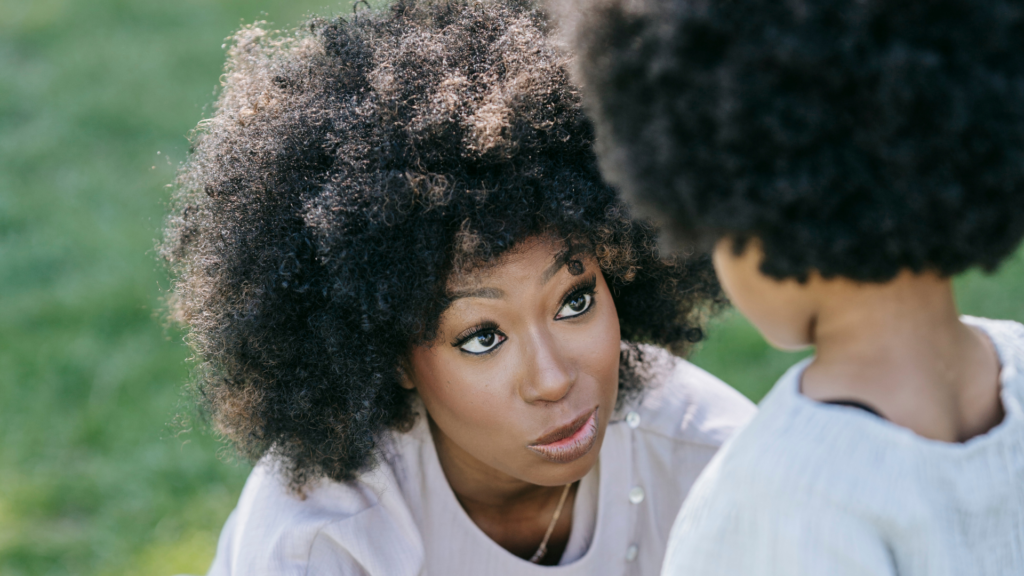
3. Normalize what emotions are – especially anger.
It’s easy to misunderstand and villainize anger. “Anger is bad. Anger is something to stuff down. Anger is not to be expressed.”
So we want to normalize anger and send the message through our own experiences that I’m not afraid of my anger because anger is a messenger. Anger helps us know what’s important to us. It helps us stay safe, and it helps us pay attention to the things in our environment or inside of our bodies that we need to pay attention to.
All feelings are messengers, but it’s particularly important with anger because we’re talking about feeling frustrated.
This then brings a mindset of curiosity. Ask yourself:
- What is triggering my anger?
- What is it trying to tell me?
- What might I need in this moment?
It signals and sparks problem-solving and curiosity, which is what you want your child to do when they feel frustrated and angry.
4. Understand there are unmet needs and other feelings under our anger and frustration.
Often we feel sad, disappointed, or afraid underneath our anger. There could be a level of fear, sadness, or grief that we feel based on whatever interpretations we’re making about the situations around us. What we’re helping our child understand is that there are some unmet needs and other emotions happening.
Now you might be like, “Wow, that’s a lot to say in one moment. I don’t know if I can remember to say all of this, and sometimes it might not even feel appropriate.” Of course!
But we’re not all saying this all at once. I’m suggesting that we’re trying to plant some seeds of where we can help educate our child with emotions and how we can do this by modeling our ways of coping with anger and frustration.
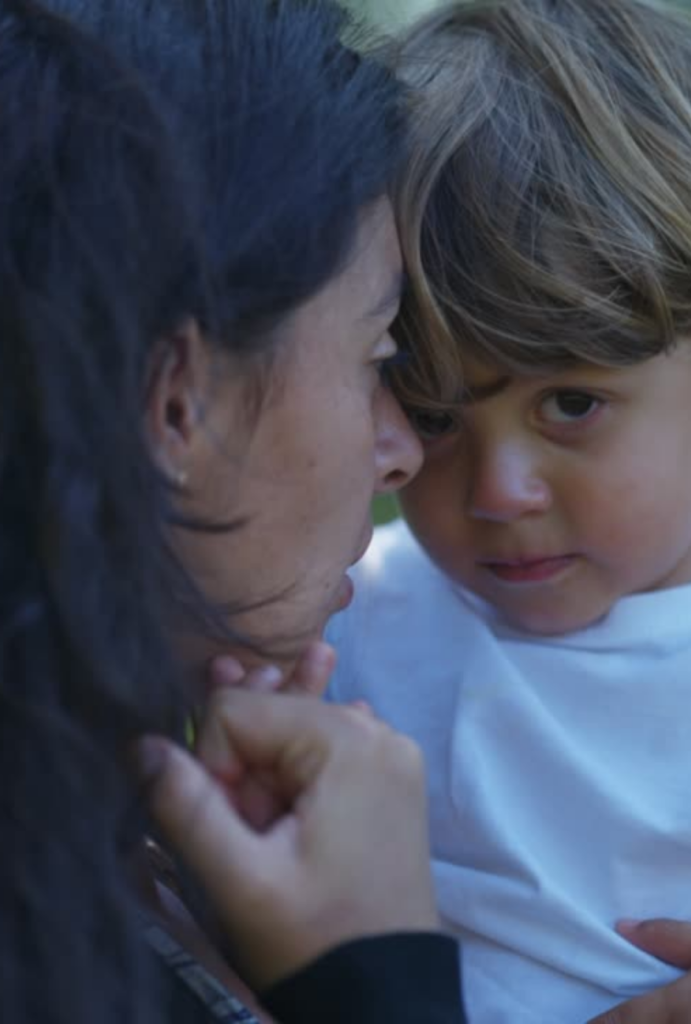
5. Keep saying all feelings are okay.
All feelings are okay. No feelings are good versus bad.
This is incredibly validating for us as parents because it’s so easy for us to judge ourselves in the moment. Let’s say we get triggered by a mess. And suddenly we’re getting tense, and we’re feeling frustrated. We then blame or judge ourselves for even having those feelings. “Oh, it’s just a mess. Why am I getting so worked up? I should be better than this. I’m not learning. I’m not progressing.” Then we spiral.
So notice that and gently say…
- “It’s okay for me to feel frustrated. Messes are triggering.”
- “I have the power to choose how I’m going to show up in this moment.”
- “All feelings are important. My feelings are trying to tell me something. And I’m going to stay curious, and I’m going to slow myself down so that I can make as best of a choice as I can in this moment.”
You can send the message of what matters most. When we get frustrated or angry with our child or the situation, we have the power to choose the way we show up.

6. Model and say out loud that feelings come and go.
“Oh. I’m feeling frustrated right now. I’m feeling it in my chest. I’m feeling tight. I know this feeling is going to go away eventually, but right now it’s coming up for me, but I know feelings come and go.”
Then point out the next moment when you are feeling calm, when you’re feeling connected, or when you’re laughing. And you can say…
- “A second ago, I was all worked up about that mess. Now I’m feeling happy. Feelings come and go.”
Nothing ever stays forever because it’s easy in the moment to feel like this feeling is going to be here forever. And then that leads to that doom and gloom. So help your child see through everyday experiences that feelings are like waves. They come and they go.
Another thing you can say is, “I’m going to take a deep breath to help with my feelings.” So this part is all about modeling, which is so important in helping our child not feel responsible for our feelings.

So it’s one thing to label our emotions, but we need to then couple it with modeling how we’re going to regulate our bodies. This could be taking a deep breath or going to grab a glass of water because you need a bit of a pause or break. This could also look like doing some progressive muscle relaxations where you tense certain muscles in your body and then you relax. You can take a bit of a mental break in that moment and model that by talking out loud to your child about what’s going on so they can understand.
When you do this repeatedly, you’re going to notice your child doing the same thing when they get upset. And it’s a beautiful thing.
You can say things like…
- “I’m going to go get some fresh air. Do you want to come?”
- “I just read a stressful email. I’m feeling a little stressed. Do you want to go out for a walk? That always helps me feel better. Helps me clear my mind.”
- “I’m going to take some space because I’m feeling a little frustrated.”
If you need more help with talking to your kids about needing some space, check out this episode.
7. Remind your child it’s okay to feel what we feel.
We are all human. So tell your child…
- “Mommy gets frustrated. Daddy gets frustrated. You get frustrated. Sister gets frustrated. Even our pets get frustrated. Everybody feels different feelings, whether that’s frustration, sadness, fear, happiness, joy.”
You want to normalize that this is a human experience, and this is not isolated to us. That these feelings are universal, and they’re okay.

Sometimes we need to take care of ourselves in the moment, and we need to listen to our bodies, see what’s coming up for us, and try to attend to it as best as we can. Oftentimes, this is hard to do because we get into such a pattern of responding and reacting. We get into a pattern of letting our mind race and spiral out of control.
But this is a skill, and it’s going to take a lot of practice to slow our minds down. We automatically want to fall back on things that we’ve done in the past because it’s familiar and safe – even if it doesn’t work.
So offer yourself lots of compassion. Even if you forget some of these things to say in the moment because that’s okay too.
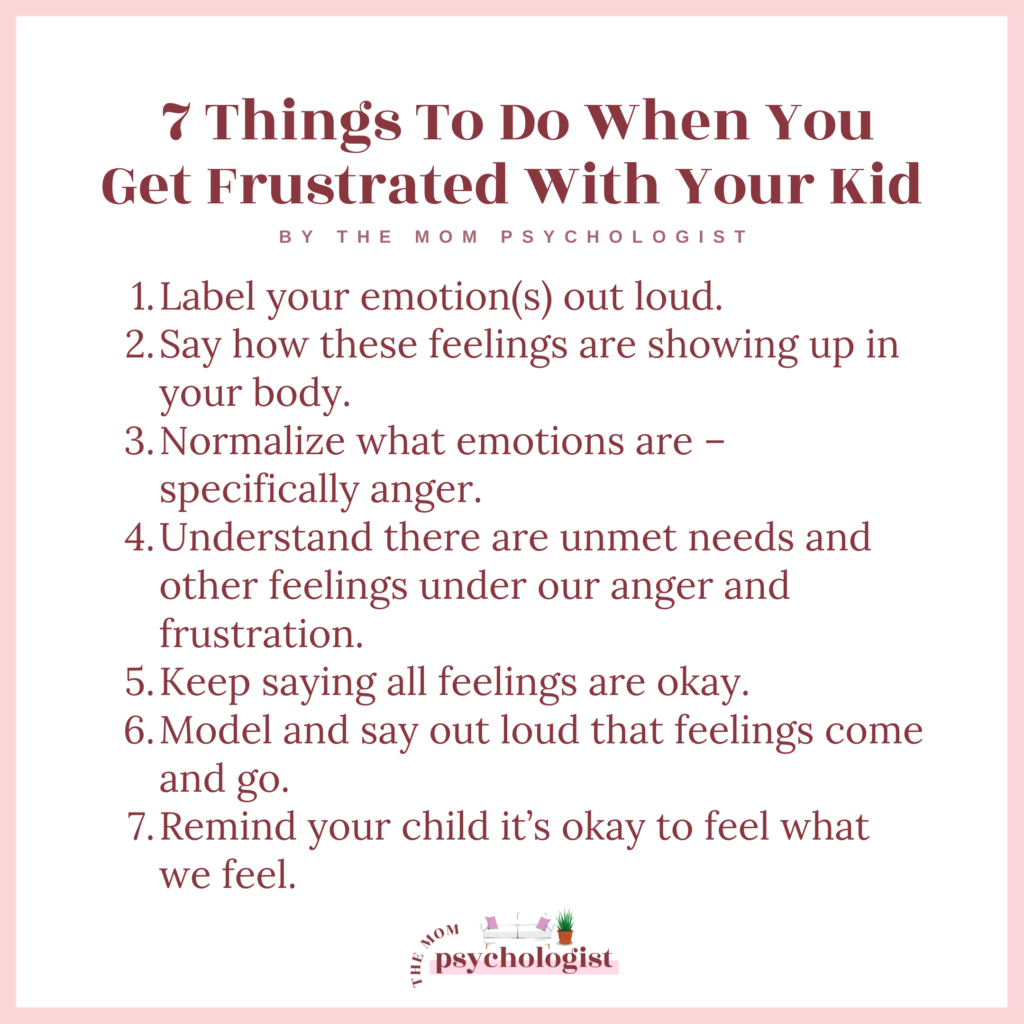
It’s never too late to use these lessons.
Even when you’re feeling happy, content, or at peace, label those emotions too. Talk about how that shows up in your body too. We don’t have to just focus on the intense, hard feelings. We can also pay attention to when our bodies feel calm and peaceful and have conversations about that with our children as well.
I hope you now feel better prepared for how to best show up in these moments that feel overwhelming and daunting. I hope this gave you some hope and clarity on how to keep things moving forward.
If you need a deeper understanding of how to get your child to listen and handle other misbehaviors, I have a free workshop, How to Get Your Kids to Listen Without Yelling, where we work through discipline and setting consequences with intention and respect.
You’ve got this,
Dr. Jazmine
Love this? Don’t lose it! Click below and save it to your Pinterest!
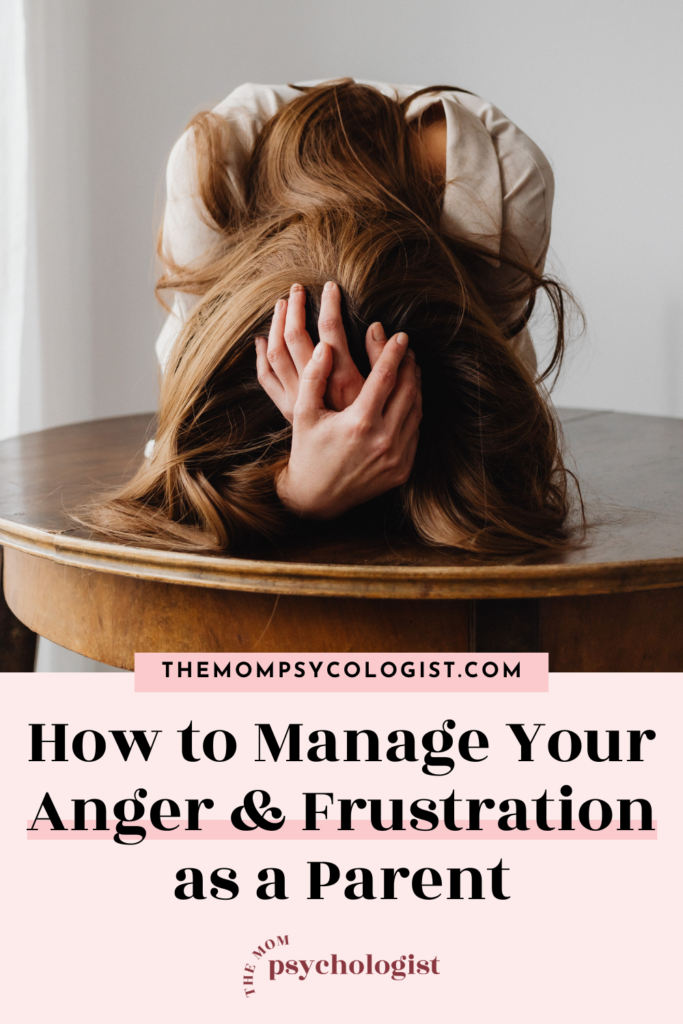
Leave a Reply Cancel reply
Copyright The Mom Psychologist® 2025
grab my free script pack!
explore
work with me
information
About
Blog
YouTube
Podcast
TMP University (Coaching)
Privacy Policy
Terms of Use
Product Disclaimer
Contact
TMP Times (Newsletter)
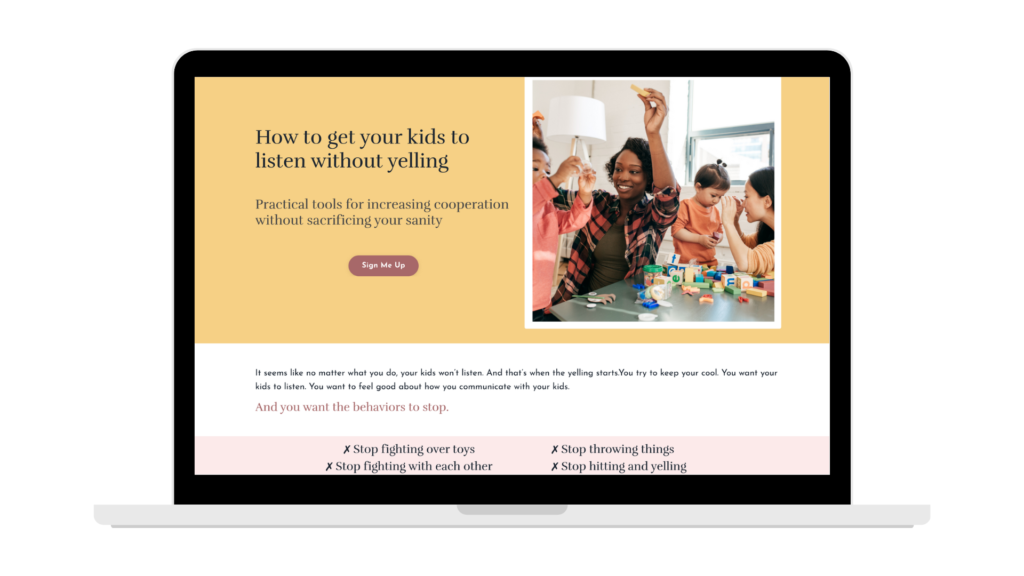
If you’re trying to catch your cheating spouse in the act, I would recommend you reach out to PROMPTTECHRECOVERY on Telegram, the tech genius helped me monitor my husband’s phone. I got virtually every information my hubby has been hiding over the months easily right in my own phone, the spy app diverted all his phone activities. He could not believe his eyes when he saw the evidence because he had no idea he was hacked.